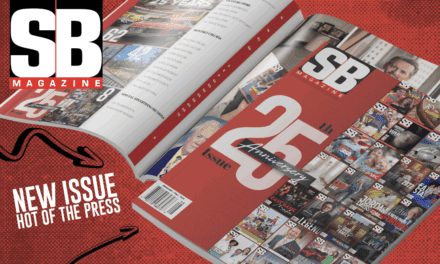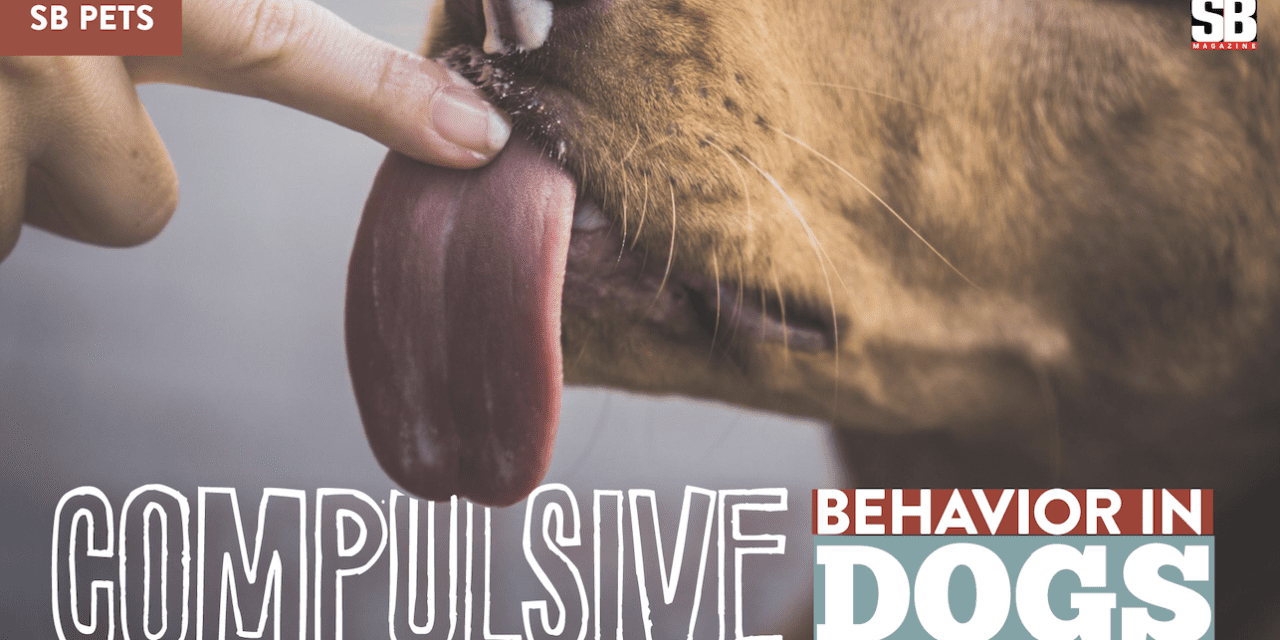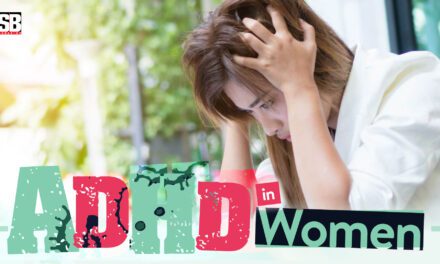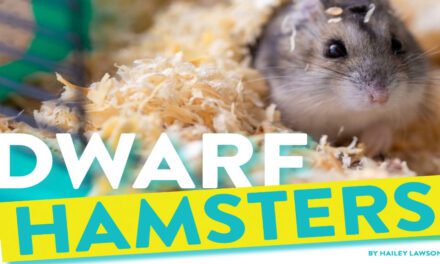BY HAILEY LAWSON
OBSESSIVE COMPULSIVE DISORDER (OCD) in dogs is known as Canine Compulsive Disorder or CCD. Dogs that exhibit compulsive behavior will perform repetitive behaviors over and over to the extent that it interferes with their normal everyday lives. Compulsive behavior can develop for many reasons. Sometimes this behavior doesn’t seem to have any obvious purpose (such as tail chasing), but the dog is compelled to do it anyway—and will spend hours engaging in the repetitive behavior. However, other dogs might develop compulsions from a physical ailment that causes them to lick or chew their skin obsessively. For example, if your dog injures its leg and licks it, he might continue this repetitive licking behavior even after the injury has completely healed. Also, a dog’s living environment can contribute to the manifestation of compulsive behavior. A dog living in high-stress and anxiety situations can develop repetitive behavior such as pacing, circling, or spinning. This behavior is often found in dogs who lack opportunities to engage in normal canine behavior, such as socializing with people and other dogs.
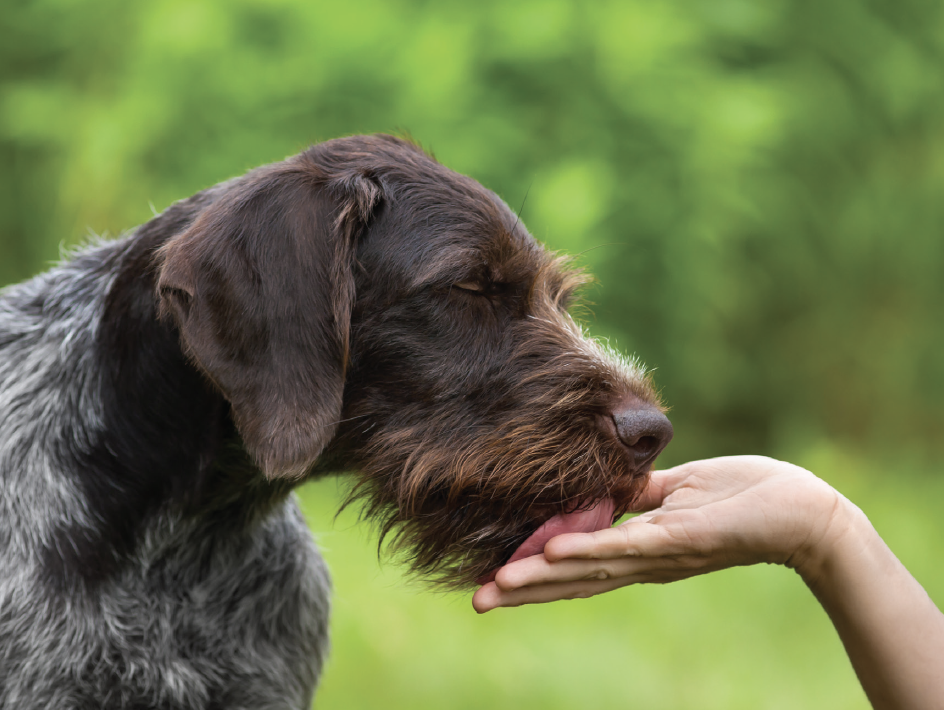
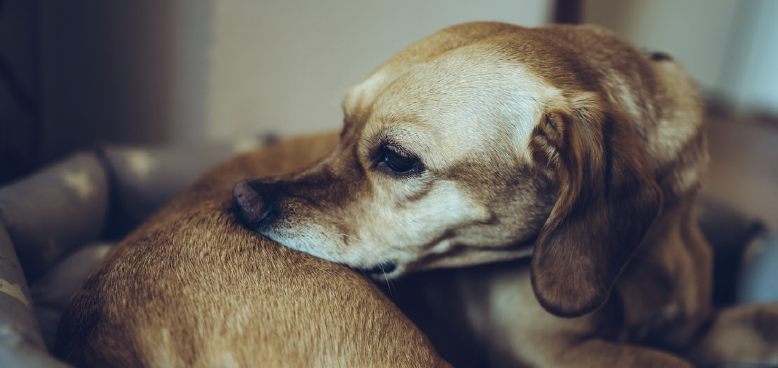
Compulsive behaviors
that dogs exhibit take many forms. Some of the most frequent compulsive behaviors exhibited by dogs include:
- Fly snapping
- Tail chasing
- Toy fixation
- Pacing, circling, or spinning
- Chewing, licking, scratching self
- Eating inappropriate items
- Excessive eating or drinking
- Light or shadow chasing
- Licking others or objects
- Air licking
- Nose licking
A variety of factors contribute to these repetitive, compulsive behaviors in dogs. Much is still unknown about CCD, however, some of the more widely considered contributing causes are:
- Genetics
- Medical issues
- Response to stress or anxiety
- Response to Arousal or Frustration
Unfortunately, the underlying cause of the compulsive disorder is not always easy to diagnose. A trip to a veterinarian is always a good place to start. In general, helping a dog with compulsive behavior to live a normal life takes a holistic approach—a combination of lifestyle changes, behavior modification, and maybe even medication. A treatment plan for CCD might include the following: Ř Avoiding known triggers
- Interrupting and redirecting compulsive behavior
- Behavioral modification and training
- Teaching an alternative response
- Creating a structured daily routine
- Increasing exercise and brain stimulation
- Medications, such as psychotropic drugs
- Desensitization and Counterconditioning
- Environmental Enrichment
We all have compulsions, and the same is true for our dogs! But if we keep these obsessions in check, there is no harm in being a little weird. We love our dogs for their little quirks. However, we still need to keep an eye out for strange behaviors to ensure they don’t get out of hand and interfere with our dog’s quality of life. Remember that actions that appear harmless at first can become destructive when engaged compulsively. If you think your dog might have CCD, speak with your veterinarian.



